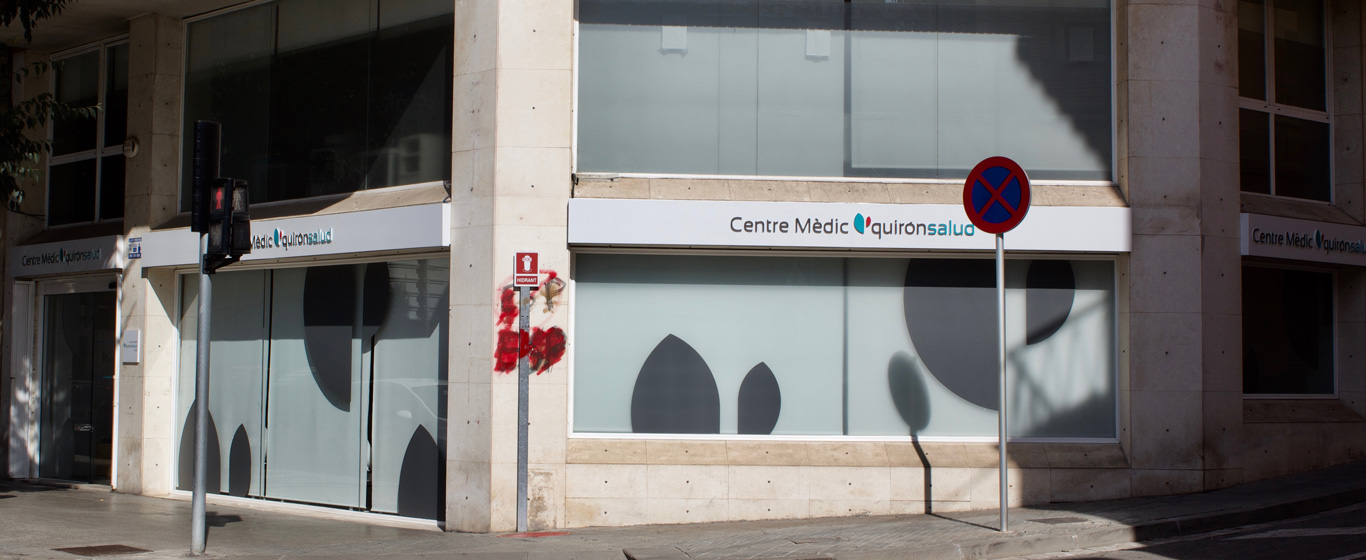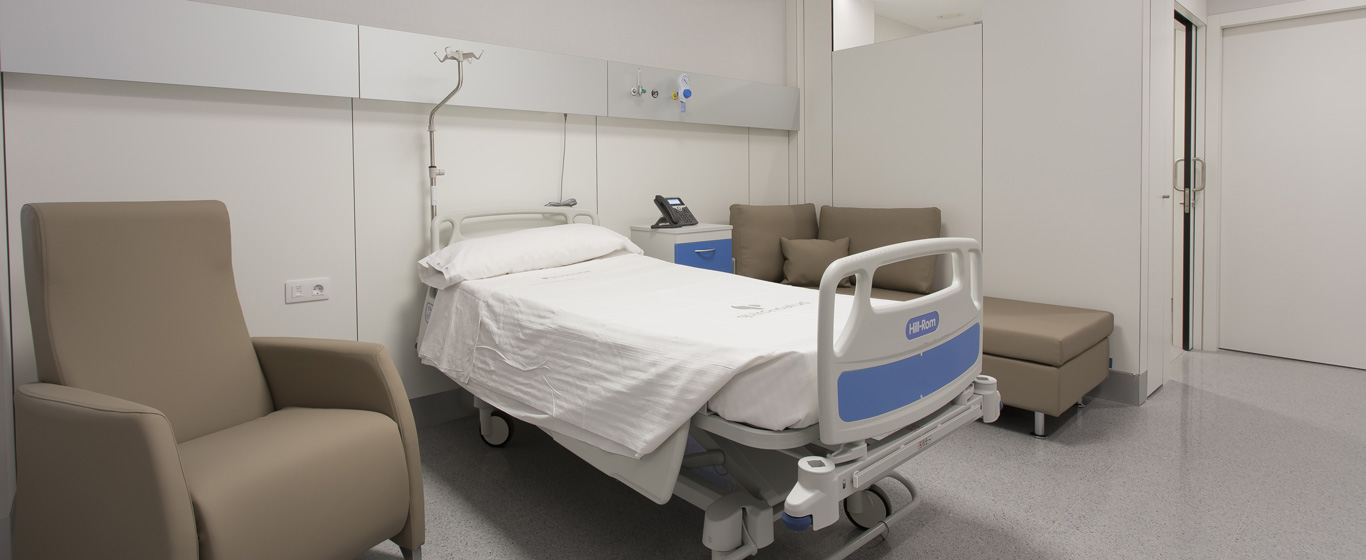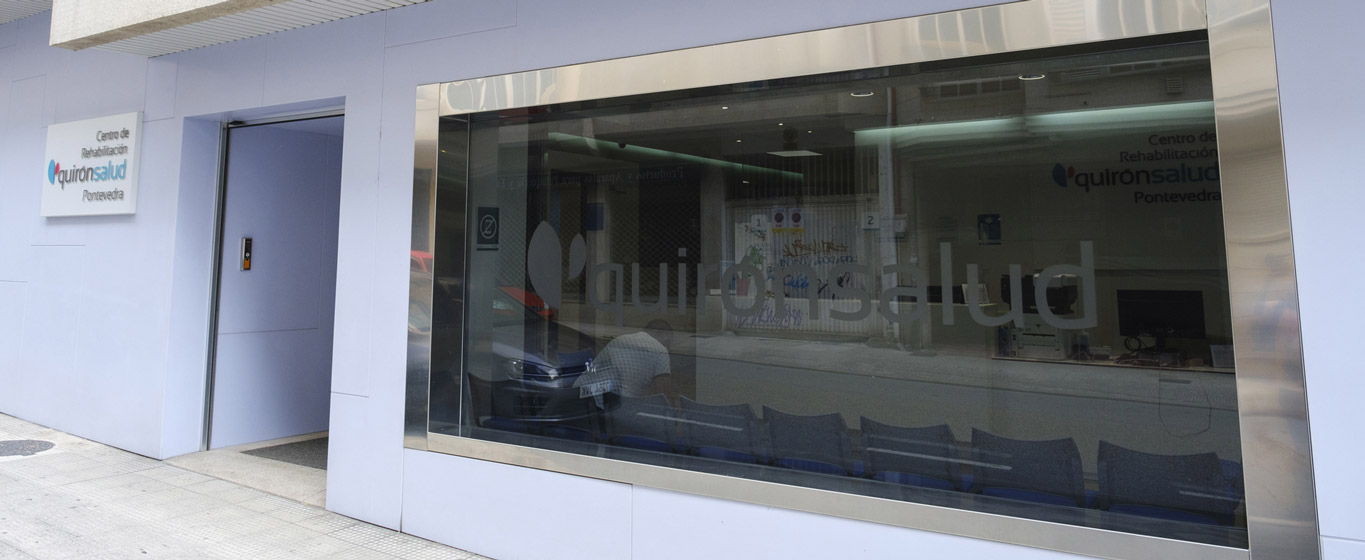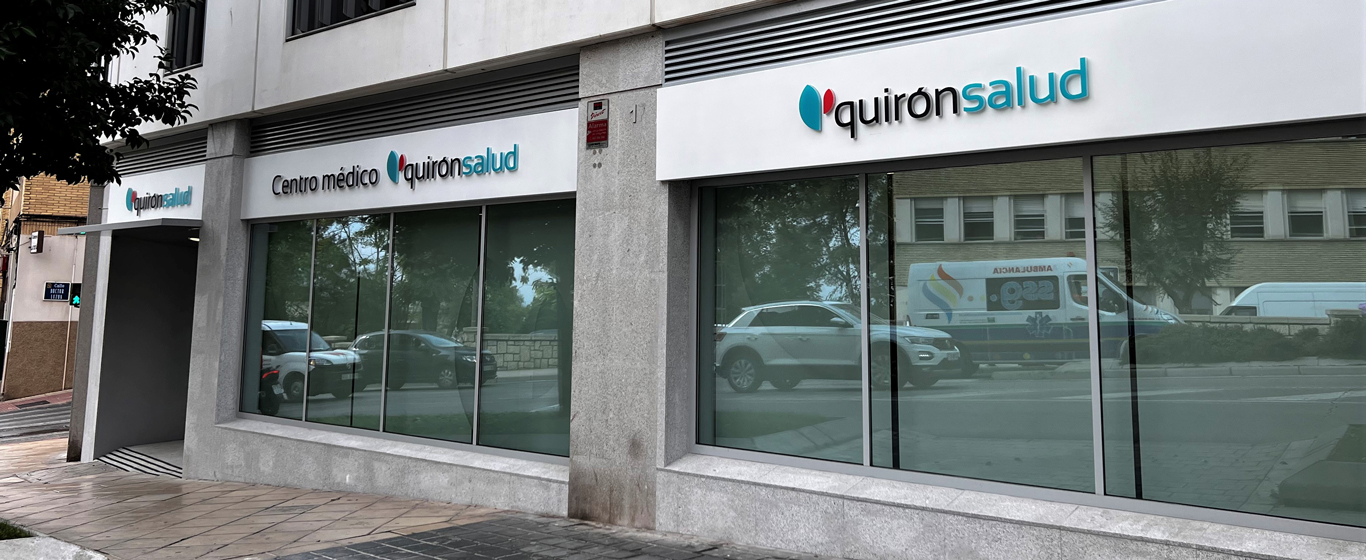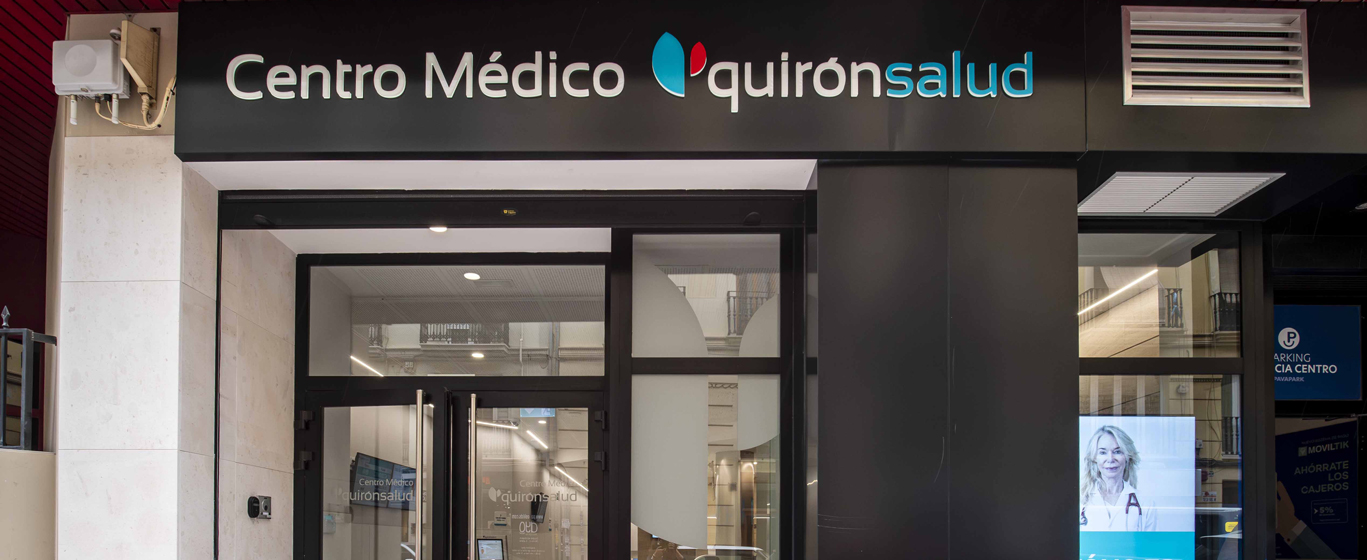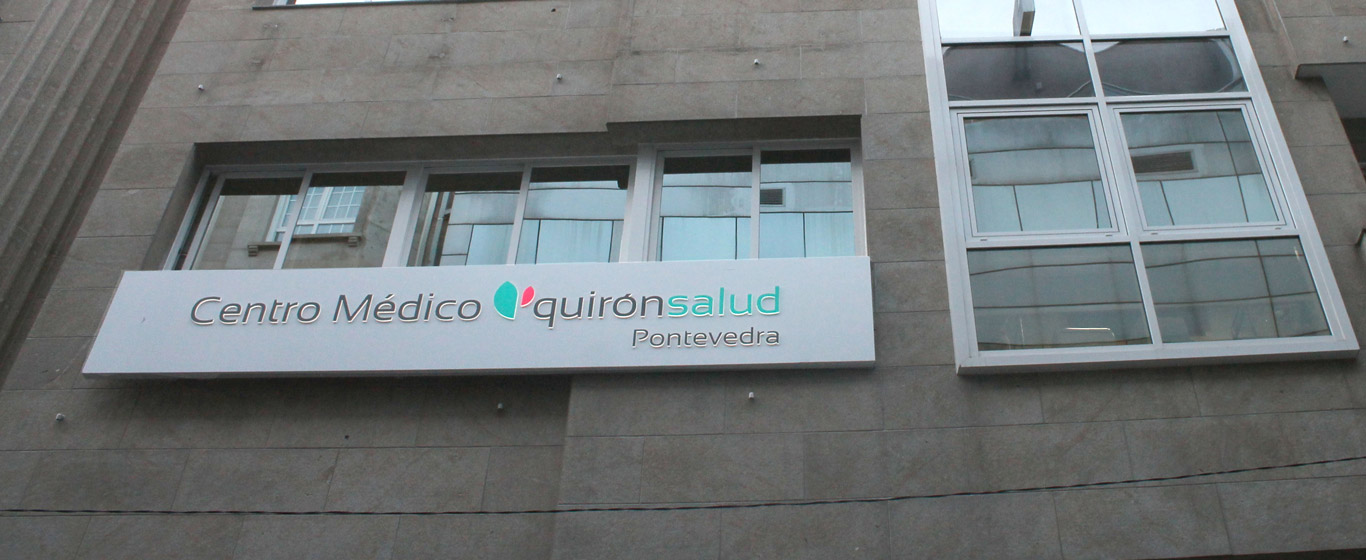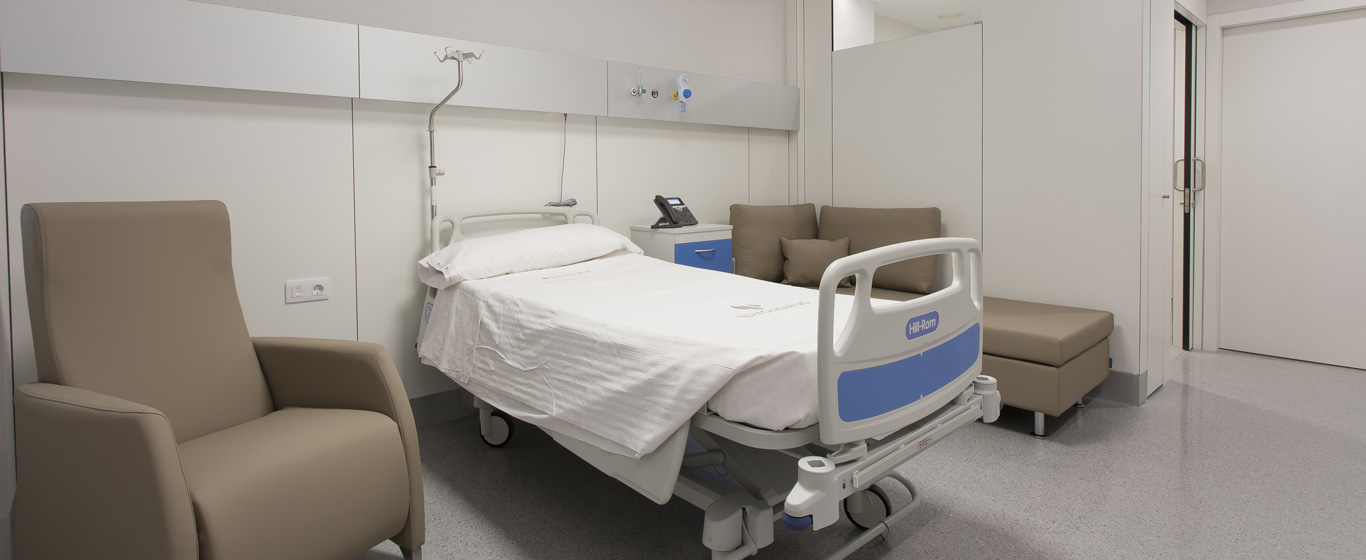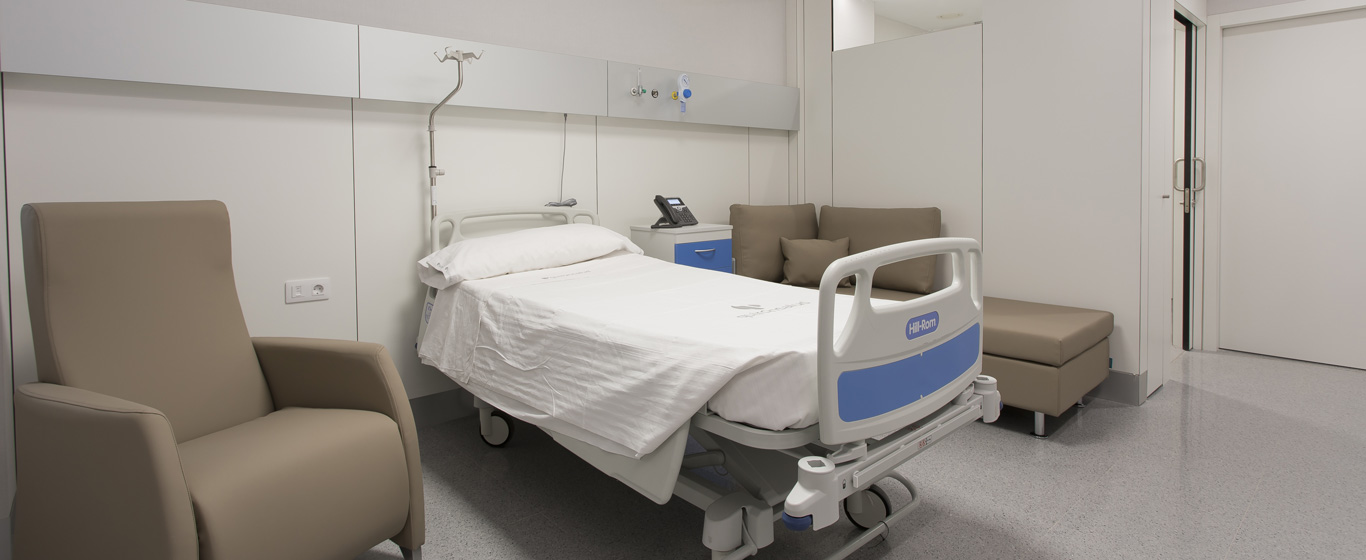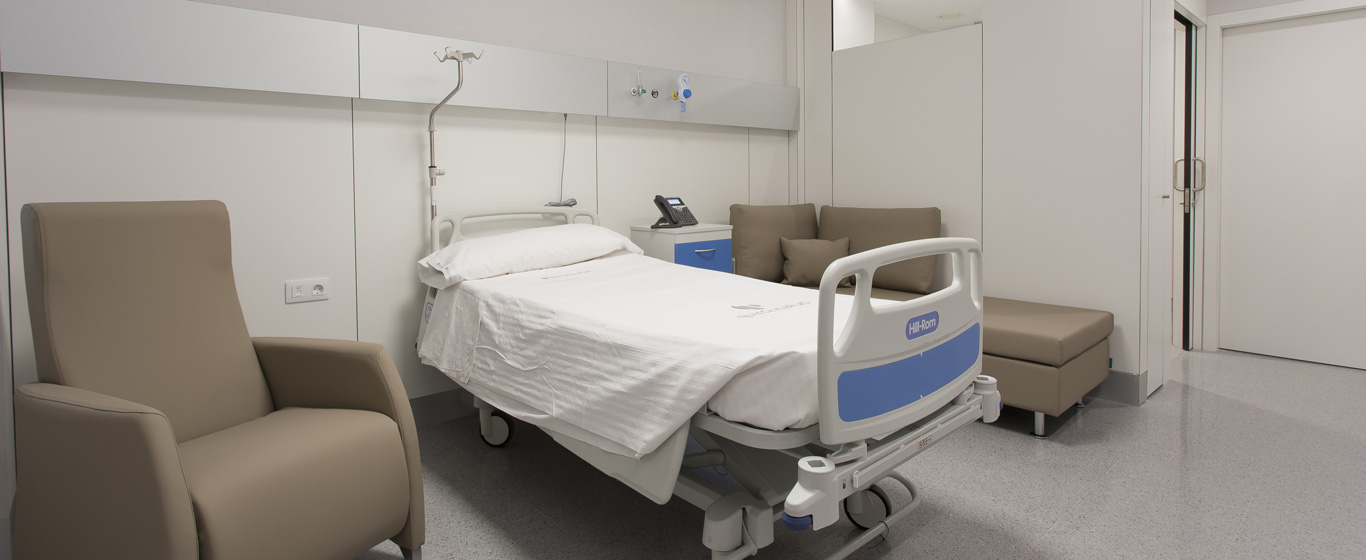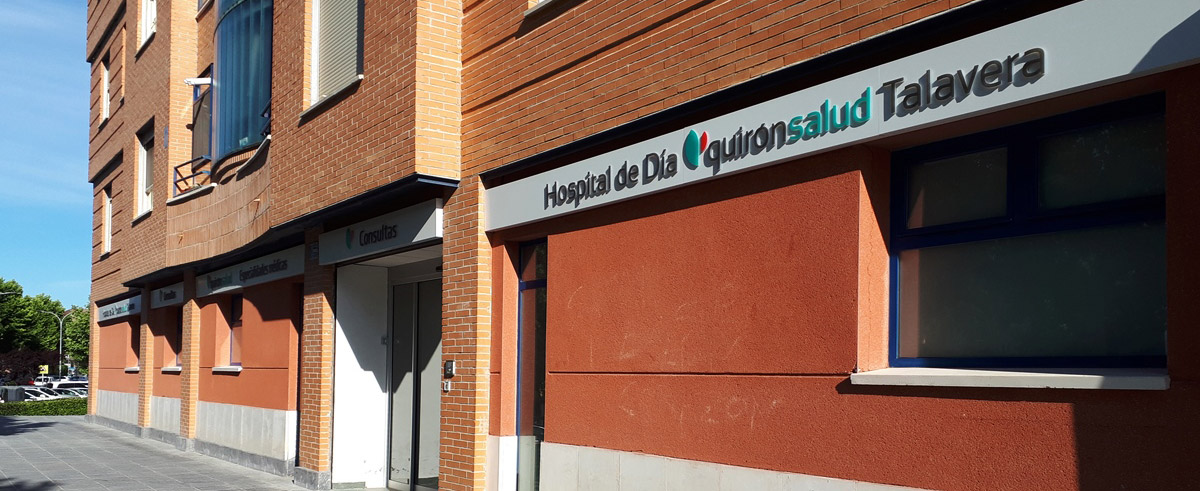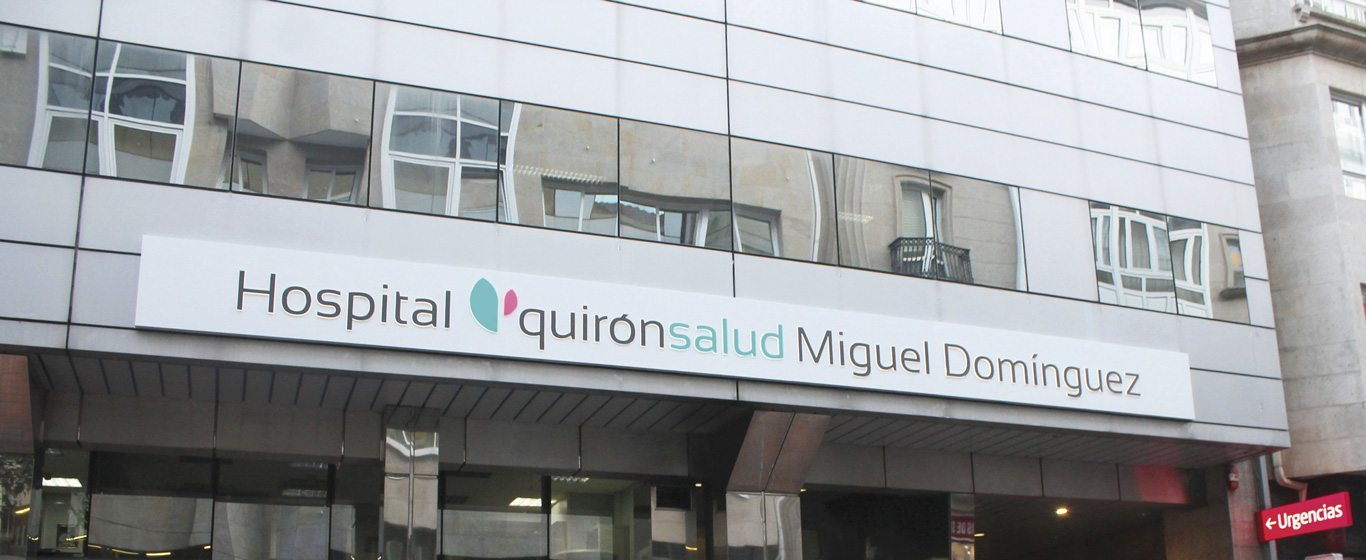Aneurysms
What are the consequences of an aneurysm? Learn everything about the types, causes, and prognosis of this condition.
Symptoms and Causes
An aneurysm is defined as an abnormal widening or bulging of a blood vessel wall caused by tissue degeneration. It can occur in any vessel but is far more common in the arteries.
Based on its shape, there are three types of aneurysms:
- Saccular aneurysm: The most common type. The bulging occurs on one side of the vessel wall, has a spherical shape, and is connected to the vessel by a small-necked opening. It typically develops at arterial bifurcations.
- Fusiform aneurysm: The dilation affects the entire segment of the vessel, has an elongated shape, and may contain irregular grooves.
- Dissecting aneurysm: The dilation is accompanied by a tear or dissection of the artery’s inner lining, allowing blood to enter the arterial wall.
Based on the vessel where it forms, the types of aneurysms are:
- Aortic aneurysm: The most common type.
- Thoracic aortic aneurysm: Occurs in the portion of the aorta that runs through the chest.
- Abdominal aortic aneurysm: Forms in the section of the aorta passing through the abdomen.
- Cerebral aneurysm: Develops in the blood vessels supplying the brain.
- Pulmonary aneurysm: Appears in the pulmonary artery.
- Peripheral aneurysm: Forms in peripheral arteries, such as the popliteal or femoral arteries.
Symptoms
Aneurysms are generally asymptomatic. However, if they grow too large, they may cause the following symptoms:
- Lower back and abdominal pain in cases of an abdominal aortic aneurysm.
- Shortness of breath, cough, and back or chest pain in cases of a thoracic aortic aneurysm.
- Eye pain, vision disturbances, or facial numbness if a cerebral aneurysm compresses a nerve or brain tissue.
- Pain, weakness, swelling, and numbness in the limbs in cases of peripheral aneurysms.
Causes
The primary cause of aneurysms is atherosclerosis, which is the hardening and weakening of the arteries due to lipid and cholesterol buildup in the arterial wall. Other common causes include:
- High blood pressure (hypertension).
- Inflammation of the arteries (arteritis).
- Trauma.
- Fungal or bacterial infections.
- Vascular conditions such as endocarditis, meningitis, or thrombophlebitis. In this case, they are called mycotic aneurysms, often found in distal arteries.
- Genetic disorders that may cause artery wall weakening, dissection, or rupture, such as Marfan syndrome, Ehlers-Danlos syndrome, Turner syndrome, and Loeys-Dietz syndrome.
Risk Factors
Several factors increase the risk of developing an aneurysm, including:
- Age: Cerebral aneurysms are more common between ages 30 and 60, while aortic aneurysms are more prevalent after age 60.
- Sex: Cerebral aneurysms are more frequent in women, while aortic aneurysms are more common in men.
- Smoking: Weakens the arteries.
- Excessive alcohol consumption: May increase blood pressure.
- Use of cocaine and other drugs: Also raises blood pressure.
- Family history.
- Hypertension and high cholesterol: Often lead to atherosclerosis.
- Congenital blood vessel malformations.
- Obesity.
- Diabetes.
Complications
The most serious complication of an aneurysm is rupture, which causes internal bleeding and can be life-threatening, especially in aortic or cerebral aneurysms. Additionally, blood clots can form in the aneurysm, potentially detaching and blocking another blood vessel. This can lead to an embolism or stroke, causing permanent damage.
The growth of a peripheral aneurysm can also result in thrombosis, cutting off blood flow and leading to ischemia, which in severe cases may require limb amputation.
An aneurysm rupture is a medical emergency requiring immediate intervention. Symptoms of a ruptured cerebral aneurysm include:
- Sudden, intense headache
- Nausea and vomiting
- Neck stiffness
- Seizures
- Drooping eyelid
- Loss of consciousness
For ruptured aortic aneurysms, symptoms include:
- Severe back, chest, or abdominal pain
- Difficulty breathing
- Neck swelling
Prevention
Preventing aneurysms involves adopting a healthy lifestyle to minimize risk factors:
- Following a balanced diet low in salt, saturated fats, and trans fats.
- Avoiding tobacco, drugs, and alcohol.
- Exercising regularly.
- Maintaining a healthy weight.
- Monitoring blood pressure and cholesterol levels.
Which Doctor Treats Aneurysms?
Aneurysms are treated in the angiology, cardiovascular medicine, and cardiovascular surgery units.
Diagnosis
Since aneurysms are often asymptomatic, they are usually detected during routine check-ups or tests performed for other reasons. Diagnostic tests include:
- Ultrasound, CT scan, or MRI: Imaging tests that provide detailed views of blood vessels, organs, and tissues.
- Angiography: A contrast solution is injected via a catheter into an artery, allowing detailed imaging of blood vessels through MRI or CT scans.
- Echocardiogram: Produces a moving image of the heart to assess its structure and function.
- Lumbar puncture: If there are symptoms of intracranial bleeding that do not appear on imaging tests, cerebrospinal fluid is extracted to check for red blood cells, indicating bleeding.
Treatment
Treatment primarily depends on the aneurysm’s size and rupture risk.
- Observation: Small aneurysms (typically under 5 cm) are monitored regularly for growth. Patients may be advised to reduce risk factors and take medications to control hypertension, diabetes, or high cholesterol.
- Surgery: Required for large aneurysms or ruptures.
Types of Surgery:
- Open surgery: The damaged artery section is removed and replaced with a graft.
- Endovascular repair: A thin, flexible catheter is inserted into the affected artery, delivering a stent graft to reinforce the weakened area and prevent rupture.
- Surgical clipping: Used for cerebral aneurysms, this procedure involves placing a metal clip to block blood flow to the aneurysm.






